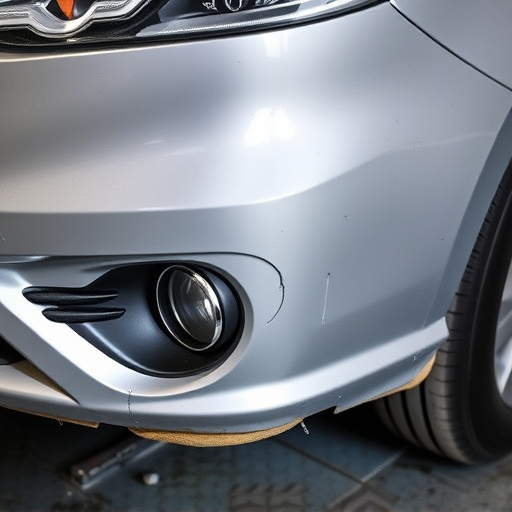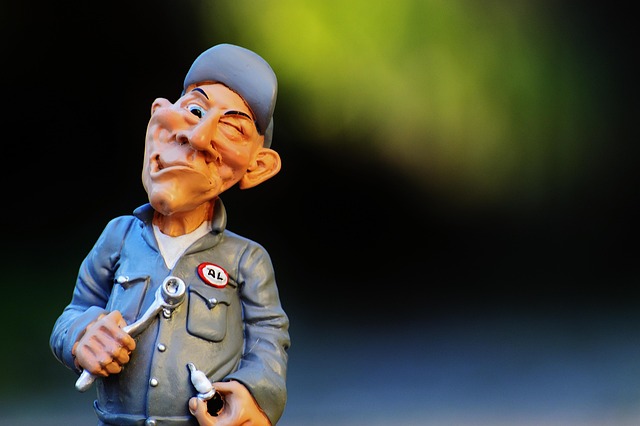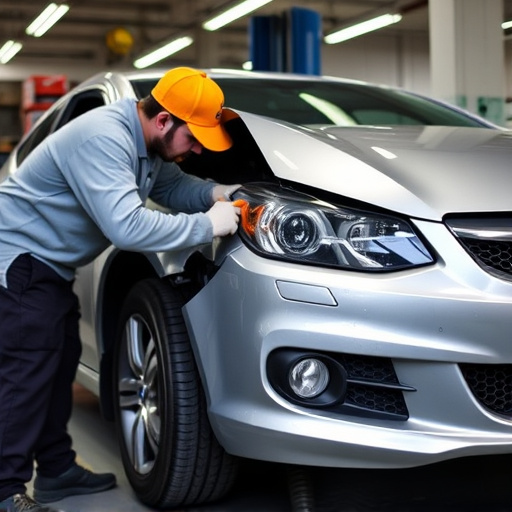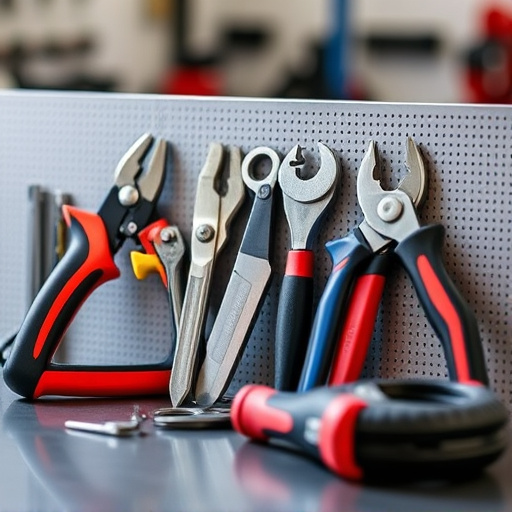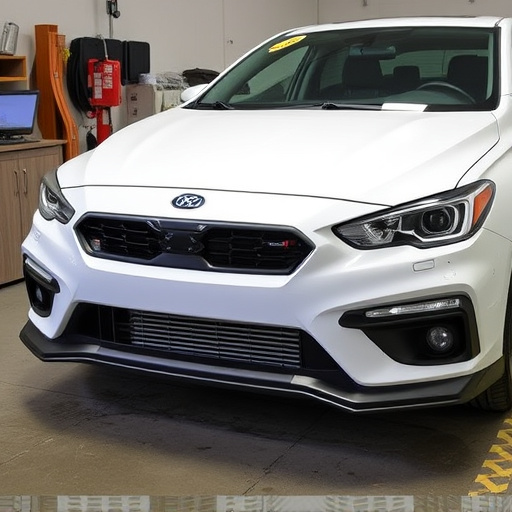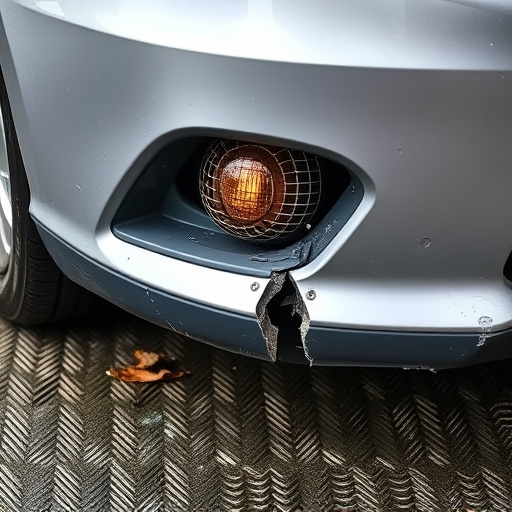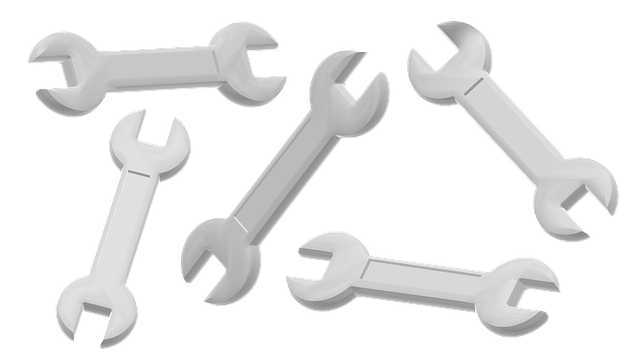In an era focused on environmental sustainability, collision repair shops are adopting eco-friendly practices like green materials, transparent communication, and digital technologies to meet customer demands for environmentally safe repairs. By leveraging sustainable solutions, these businesses cater to discerning consumers, enhance their reputation, and contribute positively to global health.
In today’s eco-conscious world, customer expectations for environmentally safe repair services are on the rise. As consumers become more aware of their environmental impact, they demand sustainable practices from businesses, including repair and maintenance services. This article explores shifting customer preferences for eco-friendly repairs, highlighting the crucial roles of transparency and effective communication in meeting these expectations. We also provide practical strategies for repair businesses to implement sustainable practices, ensuring they stay competitive and contribute to a greener future.
- Understanding Shifting Customer Preferences for Eco-Friendly Services
- The Role of Transparency and Communication in Meeting Expectations
- Implementing Sustainable Practices: Strategies for Repair Businesses
Understanding Shifting Customer Preferences for Eco-Friendly Services

In today’s environmentally conscious era, customer preferences are evolving rapidly, with a growing demand for sustainable and eco-friendly services across various sectors, including automotive repair. Consumers are increasingly aware of the environmental impact of traditional repair practices and are seeking alternatives that align with their values. This shift is driving the market towards environmentally safe repair solutions, pushing businesses to adapt and innovate.
The focus on reducing ecological footprints has led many individuals to opt for eco-conscious options in auto care, such as frame straightening techniques that minimize material waste, or choosing auto glass repair services committed to recycling old glasses. Furthermore, automotive body work with an emphasis on sustainability is gaining traction, as customers recognize the benefits of using non-toxic materials and efficient energy sources during repairs. This trend signifies a significant change in how we perceive and interact with repair services, highlighting the growing importance of integrating green practices into everyday operations.
The Role of Transparency and Communication in Meeting Expectations
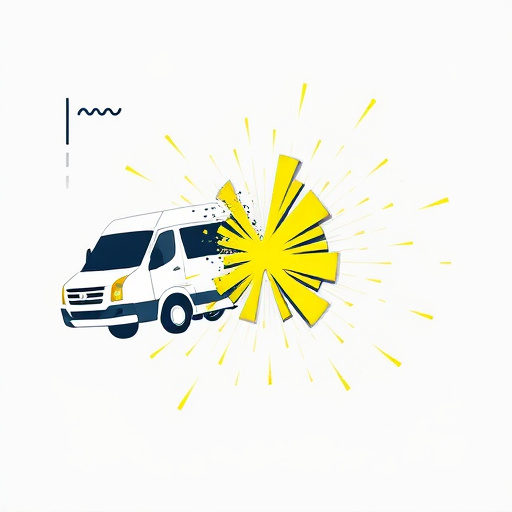
In today’s environmentally conscious world, customers increasingly expect businesses to prioritize sustainability and eco-friendliness. This trend is no different when it comes to vehicle repairs. As such, collision repair shops and vehicle service centers must adapt to meet the demand for environmentally safe repair services. Transparency in communication plays a pivotal role in fulfilling these expectations. By openly discussing the materials, methods, and processes used, repair facilities can build trust with their customers. For instance, highlighting the use of eco-friendly paints and techniques like paintless dent repair demonstrates a commitment to minimizing environmental impact, addressing a key concern among environmentally-minded consumers.
Effective communication strategies ensure that customers understand the benefits of these practices. Educating them on how certain methods reduce waste, minimize emissions, or utilize recycled materials can foster a sense of environmental responsibility. Moreover, transparency in pricing and service packages allows clients to make informed choices that align with their values, fostering long-term loyalty. Ultimately, clear and honest communication serves as a powerful tool for collision repair shops to not only meet but exceed customer expectations regarding environmentally safe repairs, solidifying their reputation as responsible contributors to a greener future.
Implementing Sustainable Practices: Strategies for Repair Businesses
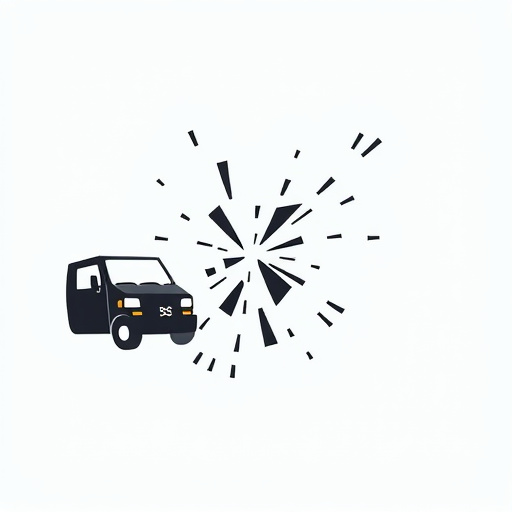
In today’s digital era, environmentally safe repair services are no longer a niche concern but a critical demand from discerning customers. Repair businesses that wish to remain competitive must embrace sustainable practices and integrate them into their core operations. This involves adopting eco-friendly materials and technologies, such as using biodegradable lubricants, recycling metal parts, and implementing efficient energy systems in workshops. Additionally, these businesses can explore innovative methods like digital diagnostics and remote monitoring to reduce on-site visits, thereby minimizing carbon emissions associated with vehicle transportation.
To facilitate this transition, repair shops can partner with suppliers who offer sustainable alternatives to conventional automotive parts. They can also invest in training programs to equip their staff with the knowledge needed to handle and dispose of hazardous materials responsibly. By integrating these strategies, repair businesses not only cater to customer expectations for environmentally safe services but also contribute positively to the planet’s health, positioning themselves as responsible corporate citizens in the automotive restoration sector.
As customers become increasingly conscious of environmental issues, the demand for environmentally safe repair services is on the rise. By understanding shifting preferences for eco-friendly solutions, implementing transparent communication strategies, and adopting sustainable practices, repair businesses can meet and exceed customer expectations. This not only fosters trust but also positions these enterprises as responsible stewards of the planet, contributing to a greener future.

